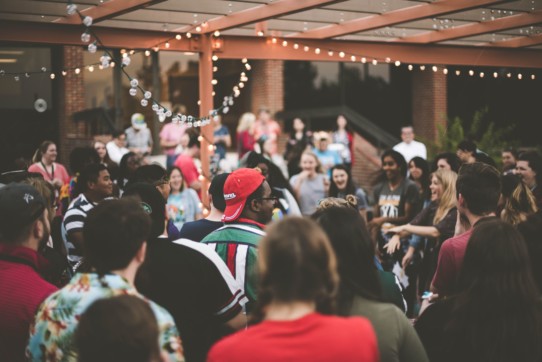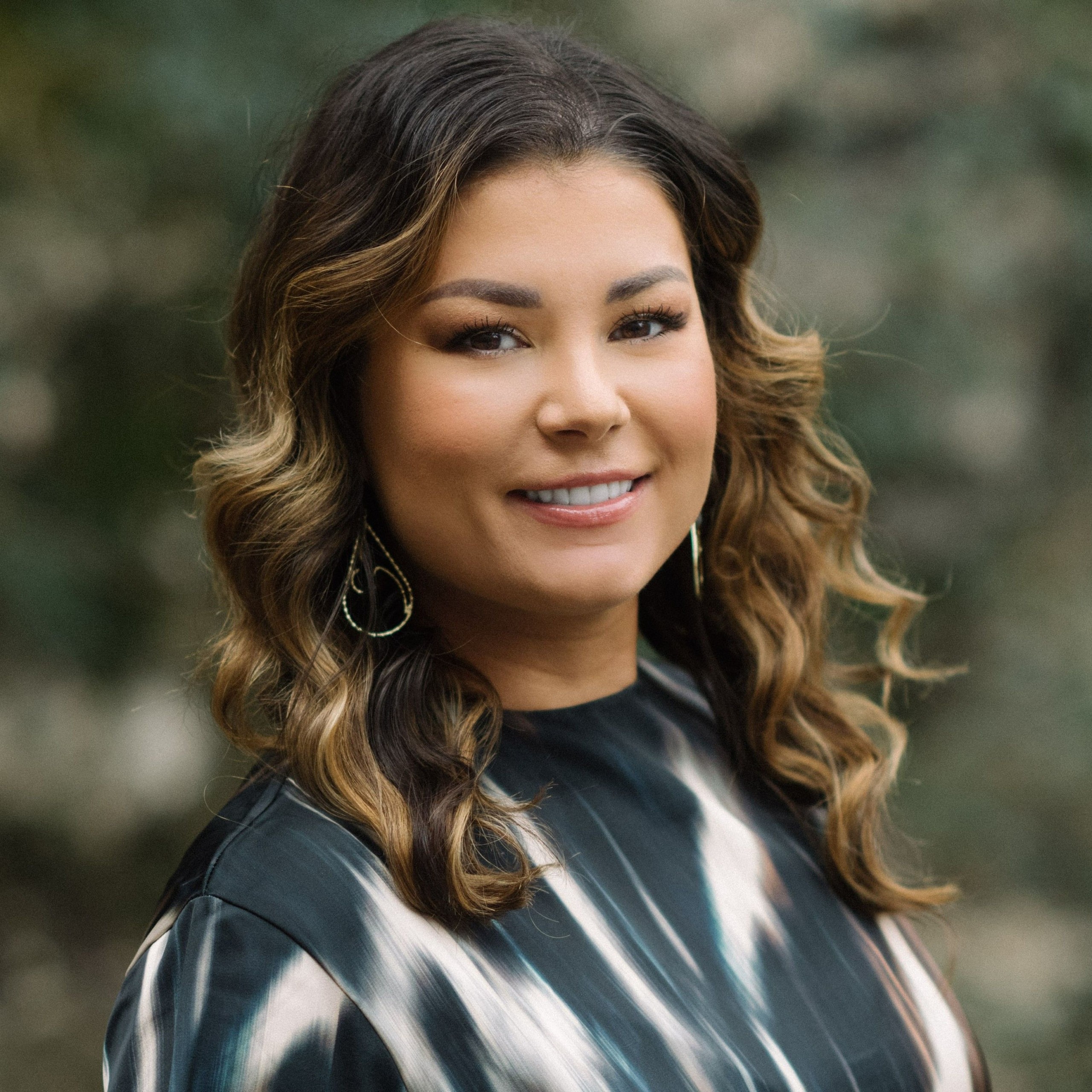What if We Get This Right? Transforming Events Through DEI

Each year, the Blackbaud Institute invites leading experts in the world of social good to reflect on current trends, giving insights to stay ahead of the curve. The latest edition, npEXPERTS—Game-Changers: How to Galvanize Supporters as Charitable Events Evolve, answers your most burning questions on the evolving landscape of fundraising events.
In this article, we share insights from contributor Michelle Flores Vryn, CFRE, Chief Development Officer at OneStar. Michelle has dedicated her career to creating a more inclusive non-profit work culture as an advocate, expert in non-profit development and marketing, and mentor of BIPOC nonprofit professionals. In this work, she’s learned that our so-called ‘best practices’ are, ironically, not the best at crafting equitable, inclusive events. As you design events for the year ahead, now is the time to embrace a new paradigm in your planning. Rather than asking “How do we get them to give more money?” and “What auction items will attract competitive bids?” ask questions like “How does this gathering further educate about our mission?” and “How do people feel in this space?”
Learn more on how to transform your approach to events–and your organization’s approach to fundraising in the process–through the excerpt below.
Over the past three years, COVID-19 challenged us to think differently about how we approach work. Along with this came a reckoning with the reality that nonprofit outreach and programming were, in many cases, not aligned with diversity, equity, and inclusion (DEI).
Special events are certainly in this “ripe for change” category. Today, some organizations are eager to get back to in-person events while others are not. Either way, this is my question to you, and I think it’s a fair one: “What is the problem that you are trying to solve with this event?”
Look Forward, Not Back – “What would you do differently if you were building from scratch?”
Because we are deeply influenced by what has been, we’re drawn to the default design. In doing so, we engage the same narrow audience and miss opportunities for mission-aligned tactics. Iteration is innovation. And it’s now time to scrap the old thinking; assume that no past versions of your special event exist.
Goals most often associated with special events are financial. And bringing in funds may still be a leading goal, but it can no longer be the goal. Consider the broader goals and objectives for your nonprofit outside of the event. Everyone in the organization can contribute here—not just fundraisers, making it an opportune time for cross-functional teamwork. Are you going all in on acquisition this year? Perhaps you are spreading the word about a new program that your supporter base is likely unaware of. Is supporter diversification high on the list? Determine your top three to four priorities and assign a percentage of importance to each goal, so the sum equals one hundred.
Equity Starts at the Beginning – “Who is on my planning committee?”
I venture to guess that diversity, equity, and inclusion (DEI) is an organizational goal at your nonprofit. To integrate DEI into the DNA into your organizational culture, you must work toward inner and outer alignment. That is, what you say and do both match your stated values.
Equitable event design truly starts with the people at the planning table. Make sure the group reflects a mix of stakeholders, from volunteers to donors to external partners. If you have an internal DEI committee, invite a representative from that group to lend their perspective.
Be Very Intentional About the Space – “How do we make it more inclusive?”
Spend significant time in the initial planning of your event on the following topics–do not slap this onto the agenda one month before the gala! Bake it in from the beginning.
Events are relationship-building tools. As fundraisers, we know this to be true. When you deeply connect—and I mean when event attendees walk away eagerly talking about how marvelous your work is—it is an otherworldly delight.
Be intentional about connection points and strive to really weave connections between the community and your mission. Routinely reference your goals to ensure that the resource-intense effort pays in waves of dividends through the organization.
Does starting with a clean slate for your next special event feel like a tall order? Sure.
But what will happen if we get this right? Let’s find out.
Find more tips to plan inclusive events
